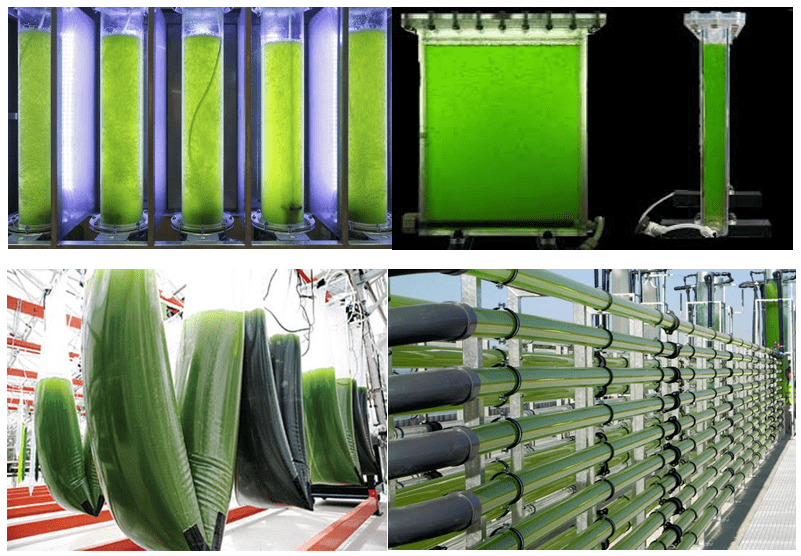The researchers ofUniversity of Toronto in collaboration with the Karlsruhe Institute of Technology (KIT) in Germany have presented of advanced models of photoreactors. An innovation that has the potential to improve the way we use solar energy by converting water, carbon dioxide, methane and nitrogen into greener fuels and chemicals.
The future of green energy
The world is relentlessly seeking sustainable solutions to address the growing energy and climate crisis. In this context, these new photoreactors emerge as a promising technological response. But what makes them so special?
After all, photoreactors are nothing new to science. Their main function is to combine photons present in sunlight with various reagents to produce green chemicals and fuels. A sustainable process that reduces carbon emissions and allows the generation of clean energy sources. But, as pointed out by Geoffrey Ozin, professor at the University of Toronto, despite their potential, photoreactors have not yet found widespread applications. The causes? Problems such as the high cost of construction materials and inefficiency in converting photons into products.

Photoreactors 2.0, an evolutionary leap
The research teams involved addressed these challenges one by one, developing a panel photoreactor containing hundreds of parallel reaction microchannels. This innovative design eliminates the need for solar tracking, allowing the photoreactor to capture photons with high efficiency from different solar directions. But the real magic lies in the details: each reaction channel is connected to a V-shaped light-capturing unit that guides the light into the channel where the photocatalyst is located. This optimized design has been proven to outperform existing photoreactors in terms of performance.
A bright and green future
“This technology has inspired the development of a new generation of solar-powered devices that produce green fuels such as hydrogen using sunlight and water,” Ozin said. And that's not all: these solar products will replace their fossil fuel-based analogues, helping to reduce our carbon footprint.
With photoreactors turning sunlight into clean energy, we may soon say goodbye to fossil fuels and hello to an era of solar power in every corner of our lives. Imagine a world where our homes, cars and even our phones are powered by the same energy that gives us those beautiful sunny days at the beach.
Magnificent, isn't it?


